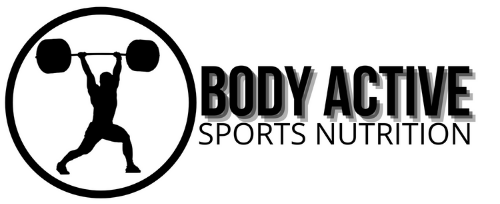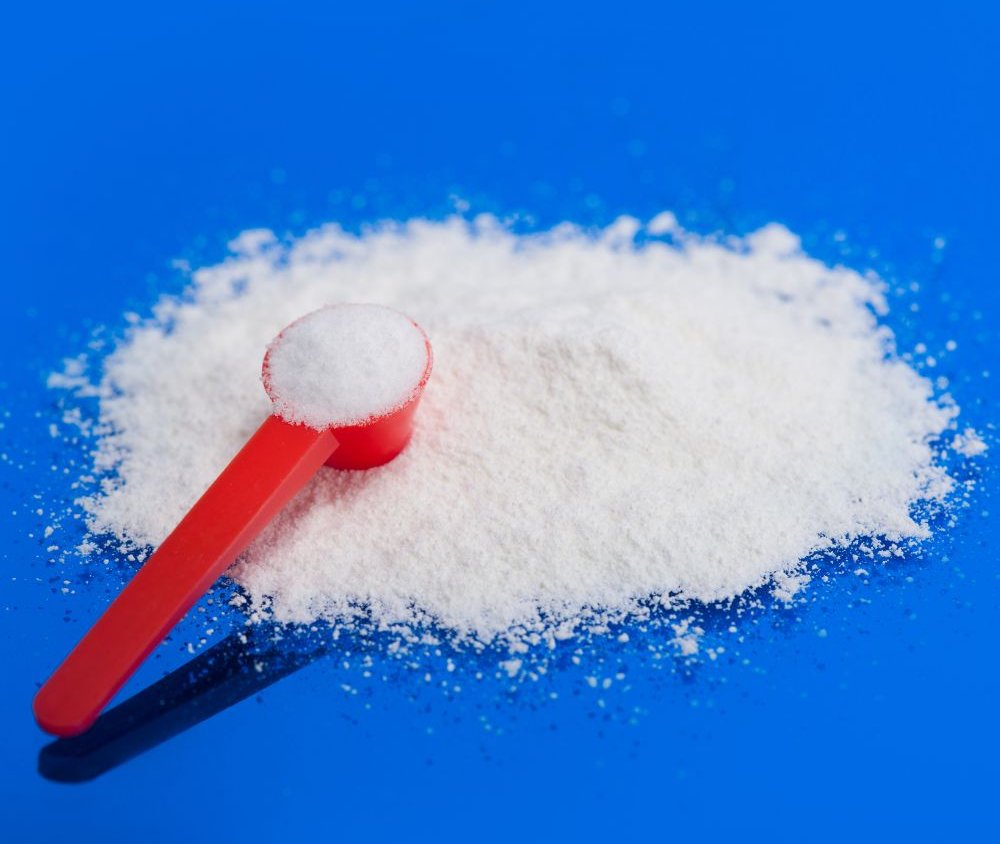Creatine is one of the most researched and widely used supplements in the fitness world, known for its potential to enhance athletic performance, increase muscle mass, and improve recovery. However, there’s ongoing debate about the necessity of “creatine loading.” This article explores what creatine loading is, its benefits, and whether it’s essential for maximizing the effectiveness of creatine supplementation.
What Is Creatine Loading?
Creatine loading refers to the practice of taking a higher dose of creatine for a short period—typically 5 to 7 days—followed by a maintenance phase with a lower dose. The loading phase usually involves taking about 20 grams of creatine per day, divided into multiple doses. This method attempts to fill the muscles with creatine more quickly.
The Benefits
- Rapid Muscle Saturation: The primary benefit of loading is that it allows for quicker saturation of creatine in the muscles. This can lead to faster improvements in performance and muscle gains.
- Immediate Effects: With loading, users may experience the benefits of creatine sooner, such as enhanced strength and power during workouts. This can be particularly advantageous for athletes preparing for competitions or intense training periods.
- Increased Energy Production: Higher levels of creatine in the muscles can lead to improved ATP production, which is crucial for short bursts of high-intensity exercise.
Is Loading Necessary?
While creatine loading can provide rapid results, it’s not strictly necessary for everyone. Here are some considerations:
- Alternative Dosing Strategy: Some individuals prefer to take a consistent lower dose of around 3 to 5 grams per day without loading. This approach will also lead to muscle saturation, but it may take longer—typically 3 to 4 weeks.
- Personal Goals: If your goal is to gain an immediate performance boost for an upcoming event or intense training cycle, loading may be beneficial. Conversely, if you are looking for gradual improvements over time, a non-loading approach may suffice.
- Sensitivity to Creatine: Some people may respond better to creatine than others. If you find that you experience side effects during the loading phase (such as gastrointestinal discomfort), you might opt for a lower, steady dose instead.
Potential Side Effects of Loading
While creatine is generally considered safe for most individuals, loading can sometimes lead to side effects, including:
- Gastrointestinal Issues: Some users report stomach cramps, diarrhea, or bloating when consuming large doses of creatine.
- Weight Gain: Creatine loading can cause an initial increase in water retention, leading to temporary weight gain. This is primarily due to increased water content in muscle cells.
Conclusion
Creatine loading is a personal choice that depends on your fitness goals, training schedule, and individual response to the supplement. While loading can lead to quicker results, it is not essential for everyone. A consistent lower dose can also achieve muscle saturation over time, making it a viable alternative.
If you’re considering adding creatine to your routine, evaluate your goals and how your body responds. Whether you choose to load or take a steady dose, creatine remains a powerful supplement for enhancing performance and promoting muscle growth. As always, consult with a healthcare professional or a registered dietitian to determine the best approach for your specific needs.

